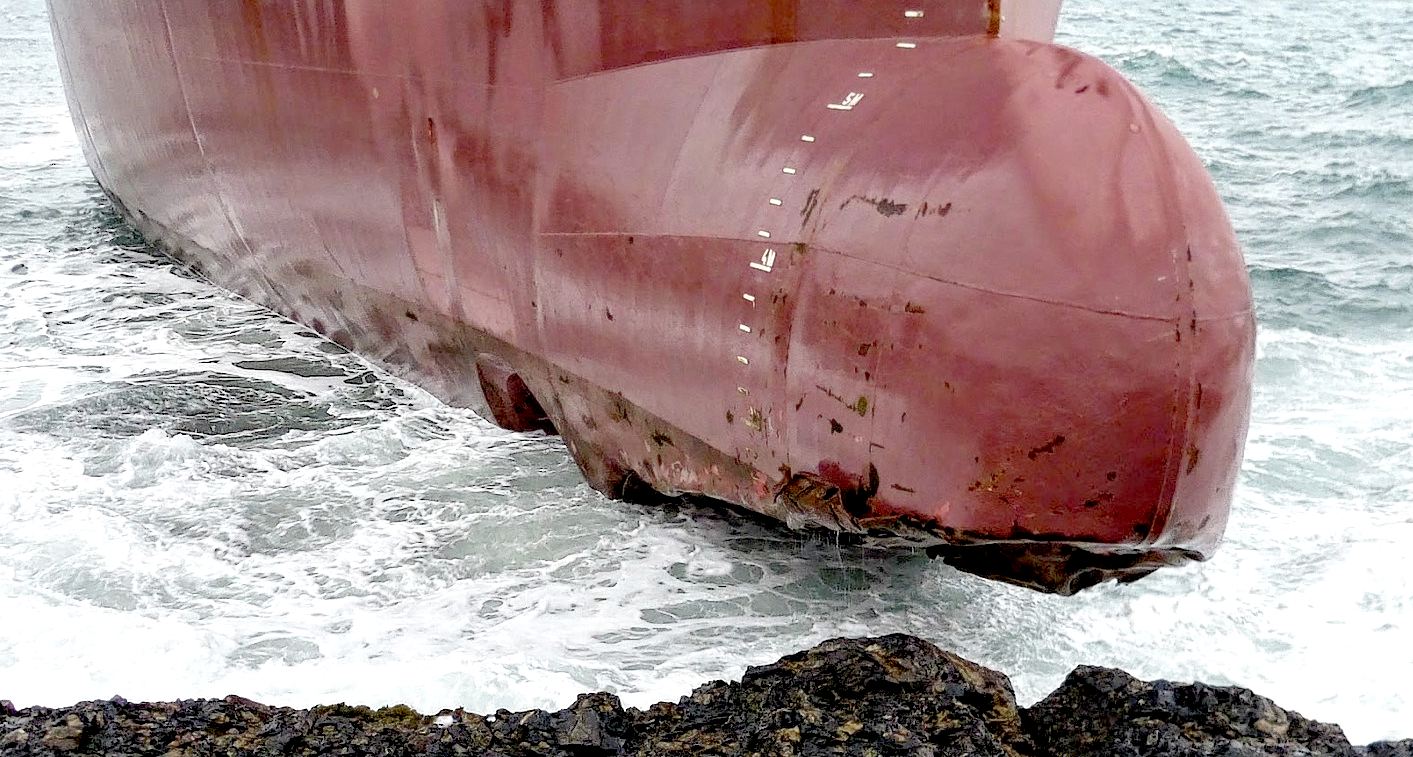|
RULE 6 - COLREGs for AUTONOMOUS VESSELS
Please use our A-Z INDEX to navigate this site or return HOME
|
|
COLREGS - The Rules are divided into five parts A-E - General Rules (A), Steering and Sailing (B), Lights and Shapes (C), Sound and Light (D) and Exemptions (E).
Rule 6 deals with safe speed.
It requires that: "Every vessel shall at all times proceed at a safe speed so that she can take proper and effective action to avoid collision and be stopped within a distance appropriate to the prevailing circumstances and conditions."
The Rule describes the factors which should be taken into account in determining safe speed. Several of these refer specifically to vessels equipped with radar. The importance of using "all available means" is further stressed in Rule 7.
(i) the state of visibility; (v) the state of wind, sea and current, and the proximity of navigational hazards;
(b) Additionally, by vessels with operational radar:
(i) the characteristics, efficiency and limitations of the radar equipment;
Rule 1 states that the rules apply to all vessels
on the high seas and connected waters.
Rule 7
risk assumptions shall not be made on scanty (radar) information.
Part C - LIGHTS & SHAPES (Rules 20-31)
Part D - SOUND AND LIGHT SIGNALS - DEFINITIONS (Rules 32-37)
Part E - EXEMPTIONS - Rule 38
Part F - Convention compliance verification provisions Rules 39 - 41
Annex I - Positioning and technical details of lights and shapes
Annex II - Additional signals for fishing vessels fishing in close proximity
International Maritime Organization (IMO) 4 Albert Embankment, London SE1 7SR United Kingdom
LINKS & REFERENCE
http://www.solarnavigator.net/boats/collision_at_sea_regulations_colregs.htm http://www.solarnavigator.net/boats/collision_at_sea_regulations_colregs.htm https://www.bluebird-electric.net/COLREGS_International_Regulations_for_Preventing_Collisions_at_Sea_1972.htm
|
|
|
Please use our A-Z INDEX to navigate this site
This website is Copyright © 2020 Jameson Hunter Ltd
|



